Tackling Textiles at the Santa Barbara Dump
Microfibers from Clothes Are Big Polluters

Textiles, including clothing and household items such as towels, are piling up in landfills nationwide, with California alone generating more than one million tons of textile waste each year. But Santa Barbara County, a hub for fabric production, is taking steps to remove these problematic fibers from the waste stream.
Without a dedicated program for textile disposal, much of this waste ends up in landfills, while exacerbating the problem of microfiber pollution. These tiny polyester or nylon fibers shed from clothing make up 35 percent of all microplastics polluting the environment.
Textiles pose challenges for mixed recycling methods due to their absorbency (making them easily stained) and tendency to get tangled up in the machines. Efforts on the Central Coast are instead promoting a “circular economy” of textiles through reuse, repair, sustainable design, and improved recycling methods to mitigate textile waste and pollution.
Recycling Textiles
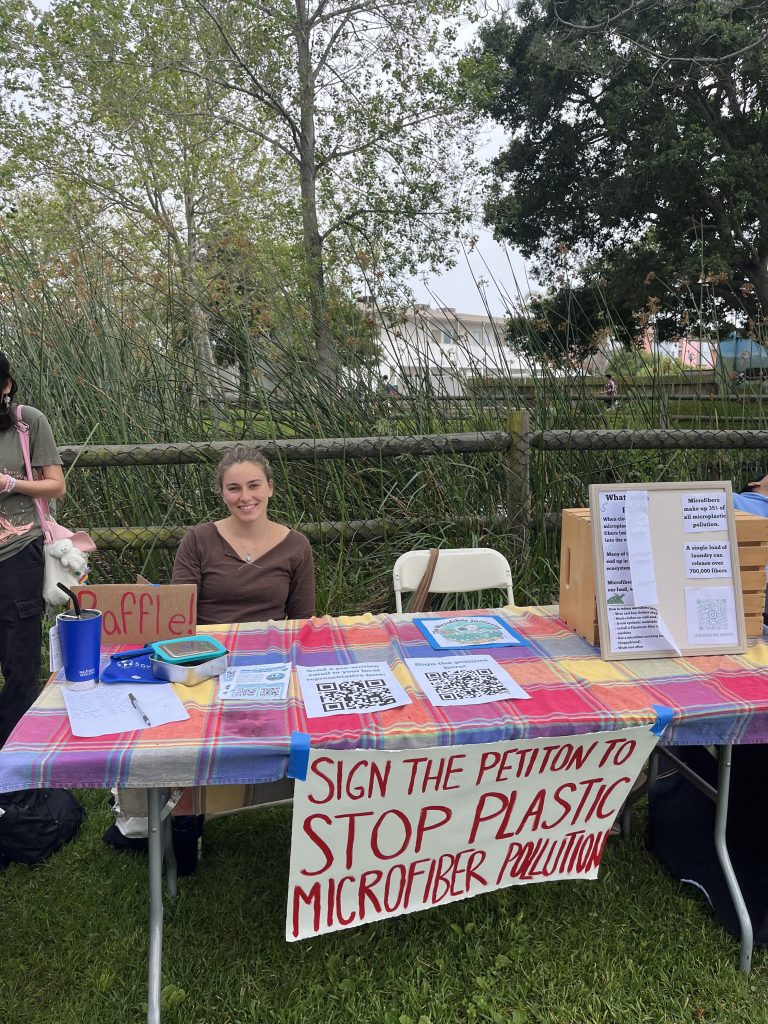
At a recent textile recycling workshop in Goleta, hosted by the California Product Stewardship Council (CPSC) and funded by CalRecycle, leaders shared strategies for expanding textile recovery.
The workshop stemmed from the county wishing to explore its options for dealing with textiles.
“But once we started peeling back the onion, it was like this whole world of sustainable fashion in Santa Barbara — there’s regenerative agriculture, and you’ve got some upcycling superstars there, like Patagonia and Deckers,” explained Joanne Brasch, director of advocacy for the CPSC. “Not to mention you have alpaca farms in your backyard, producing one of the highest-quality, luxurious, sustainable fibers in the world.”
Speakers, including Chumash tribal representative Mia Lopez and Roland Geyer from UC Santa Barbara’s Bren School, shared insights on the indigenous practice of “nothing left to waste” and the environmental benefits of textile recycling, such as dramatic reductions in greenhouse gases when compared to using “virgin” materials in production.
Local sustainable clothing vendors showcased innovative pathways toward reducing textile waste and pollution, including Toad & Co.’s dedication to using sustainable fibers and promotion of a “wash less, wear more” mentality, and Jessica Sneed’s (the Brablem Solver) collection and donation of pre-worn bras for women in need.
Brasch said the workshop had a positive outcome, with participants seeking improved collection services from the city of Goleta and the county exploring new partnerships to address textile waste.
Policy changes are underway, focusing on “extended producer responsibility” (EPR), supported by the county and Central Coast advocates alike. EPR involves brands paying fees for recycling — akin to the fees customers pay when buying a mattress, which support the mattress’s collection and recycling when it reaches the end of its lifetime.
One bill, Senate Bill 707, proposes a similar “advanced recycling fee,” paid by brands on behalf of their customers. Its goal is free and convenient collection for residents, because, as said by Brasch, “if it’s not free, and it’s not convenient, people are just gonna keep doing what they’re doing.”
The fees are “eco-modulated,” meaning that sustainable products or companies with repair programs, for example, pay a lower fee, while ultra-fast-fashion companies using hazardous materials or chemicals pay more.
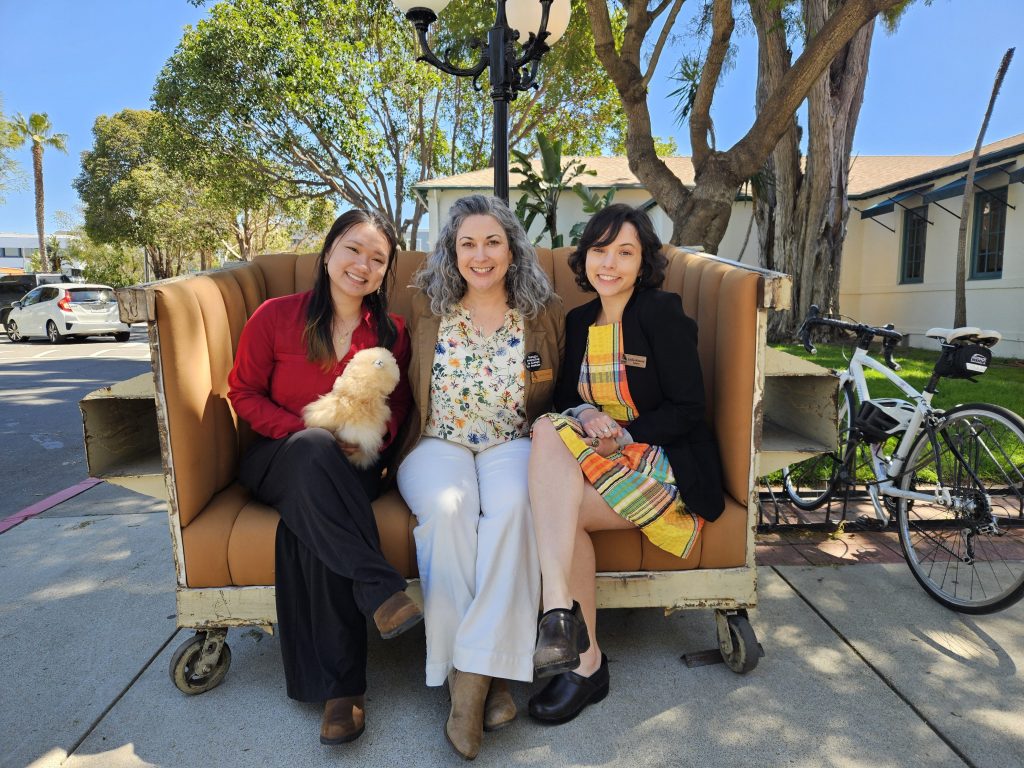
“We can still buy a new shirt if we want a new shirt, and if you want to be fashionable, you can still be fashionable,” Brasch said. “It’s about the brands extending their responsibility to make sure that products have a solution when you’re done with them.”
California just applied this program to packaging in 2021, “so textiles are just like the next in line,” Brash added. “But it’ll take time.” The bill is set for a summer hearing.
Microfiber Pollution
To address the tiny, plastic fibers that shed off our clothing, UCSB environmental studies student Lily Poehler is leading a campaign called “The Microfiber Initiative.”
“I was very shocked to learn that even our clothes are polluting the environment,” Poehler said. “And I’m just a big ocean lover, so I want to keep plastic out of it. And I thought, ‘Microfiber pollution is something people don’t know a lot about, and there’s pretty easy solutions to the problem.’”
Poehler launched the initiative because microfibers, microplastics from clothing, “are polluting the environment at alarming levels.” A single load of laundry, for example, can release up to 728,000 microfibers into the environment.
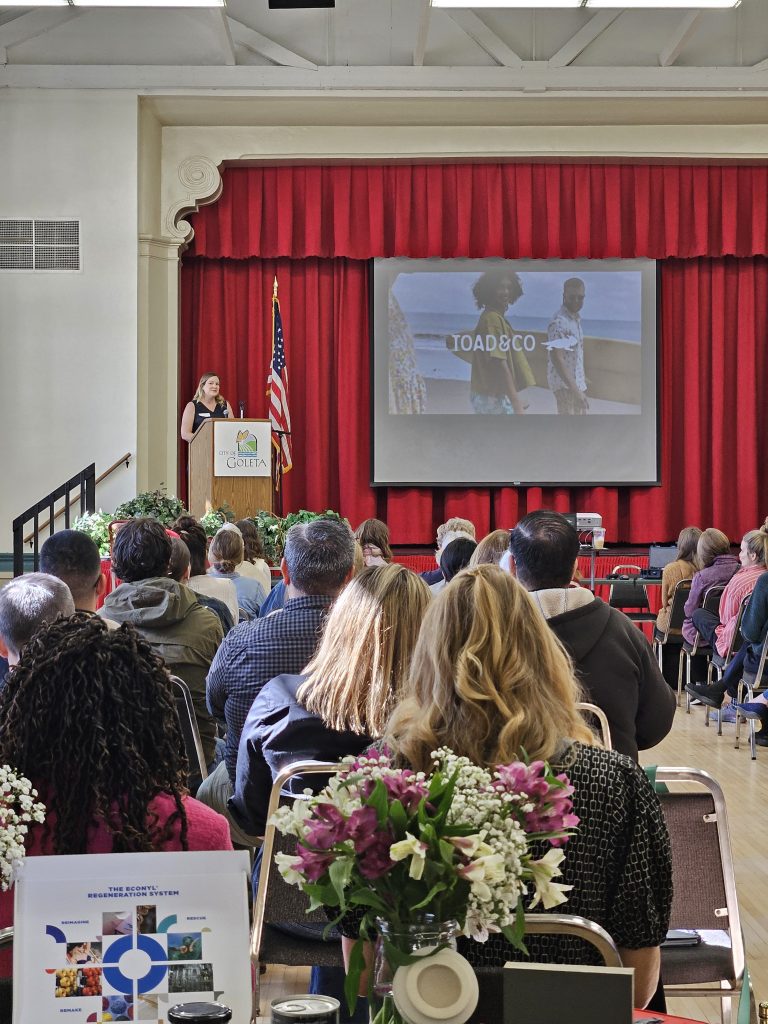
Her goal is to raise awareness and put pressure on policymakers to address the problem through a petition and letter-writing campaign. The petition urges the California legislatures to take action against microfiber pollution by implementing microfiber policy in accordance with the California Statewide Microplastic Strategy.
The simplest things people can do is wash their clothes on cold and delicate settings, and buy and wear clothes that are made out of natural, biodegradable materials like cotton or hemp.
Poehler also suggests buying filters for washing machines that capture microfibers as the water is leaving the machine, or microfiber-catching bags to wash your clothes in.
In the future, Poehler wants to switch over to partnering with laundromats in Isla Vista and Santa Barbara to encourage them to promote awareness around microfibers and even provide filters and other materials to clients that reduce their microfiber footprint.
“And now, I really try to only buy and wear clothes that are made of natural fibers,” she shared. “I also have stopped wearing my fuzzy sweaters made out of polyester, because those even pollute microfibers when you walk around. I have just become more conscious of my choices about what I’m wearing.”
Small-Scale Solutions
While waiting for policy to catch up, individuals can repair, re-wear, swap, and share clothes to extend their lifespan and keep them out of the landfill. Additionally, online reselling and local resale boutiques are good options for decluttering closets. When taking the mail-back route, its good practice for consumers to do their research on that particular company’s management practices, such as how they sort for reuse and recycling.
Brasch recommends staying local for recycling and upcycling clothes. She suggests the best options are the County and MarBorg (which offer textile drop-offs), though MarBorg ships its textiles to Western Africa to be transformed into carpet pads. Options for domestic partnerships, according to the company, are still pretty slim.
Ultimately, Brasch says, the focus should be on changing company practices rather than individual behaviors.
“We can shop secondhand all we want and we can be perfect recyclers, it still doesn’t solve the problem,” she continued. “The problem is because of what’s being put on our market, not how we use it. But we do the best we can.”
Premier Events
Tue, May 21
7:00 PM
Santa Barbara
Revisiting the Classics: “Schmigadoon!”
Thu, May 23
7:00 PM
Carpinteria
The Carpinteria High School Muses Present “The Wizard of Oz” Musical
Fri, May 24
11:00 AM
Santa Barbara
Discussion: Misogyny, Racism & Violence at UCSB: The IV Killings 10 Years Later
Fri, May 24
7:00 PM
Santa Barbara
SBHS Annual Spring Dance Concert 2024
Sat, May 25
3:00 PM
Santa Barbara
Canary Hotel Rooftop: Suns Out Buns out with LeFunk Sounds
Sat, May 25
8:00 PM
Carpinteria
Rich Tell Presents: The Thom Rotella Band
Sun, May 26
11:00 AM
93103, Santa Barbara, CA
Memorial Day Weekender PJ Brunch!
Sun, May 26
12:00 PM
Santa Barbara
Market at Pali Wine Co
Mon, May 27
11:00 AM
Santa Barbara
PCVF Memorial Day Ceremony
Wed, May 29
7:00 PM
Santa Barbara
One Night Only San Marcos H.S. Jazz
Tue, May 21 7:00 PM
Santa Barbara
Revisiting the Classics: “Schmigadoon!”
Thu, May 23 7:00 PM
Carpinteria
The Carpinteria High School Muses Present “The Wizard of Oz” Musical
Fri, May 24 11:00 AM
Santa Barbara
Discussion: Misogyny, Racism & Violence at UCSB: The IV Killings 10 Years Later
Fri, May 24 7:00 PM
Santa Barbara
SBHS Annual Spring Dance Concert 2024
Sat, May 25 3:00 PM
Santa Barbara
Canary Hotel Rooftop: Suns Out Buns out with LeFunk Sounds
Sat, May 25 8:00 PM
Carpinteria
Rich Tell Presents: The Thom Rotella Band
Sun, May 26 11:00 AM
93103, Santa Barbara, CA
Memorial Day Weekender PJ Brunch!
Sun, May 26 12:00 PM
Santa Barbara
Market at Pali Wine Co
Mon, May 27 11:00 AM
Santa Barbara
PCVF Memorial Day Ceremony
Wed, May 29 7:00 PM
Santa Barbara

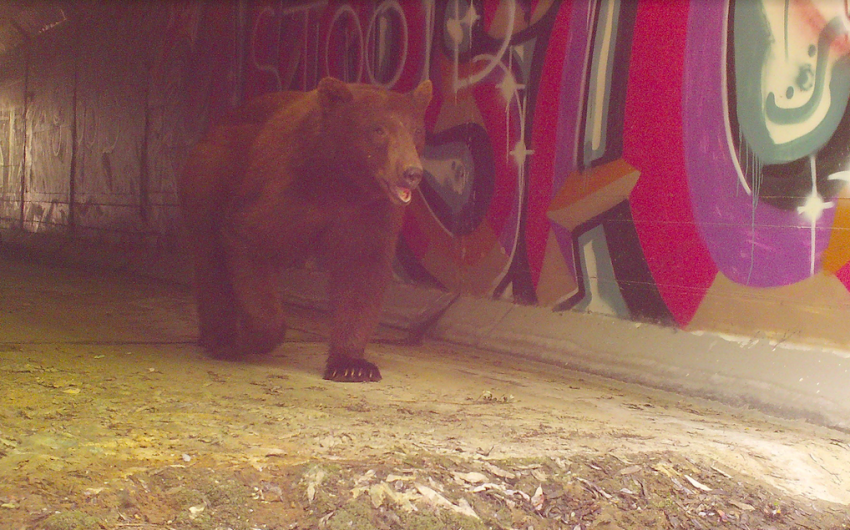
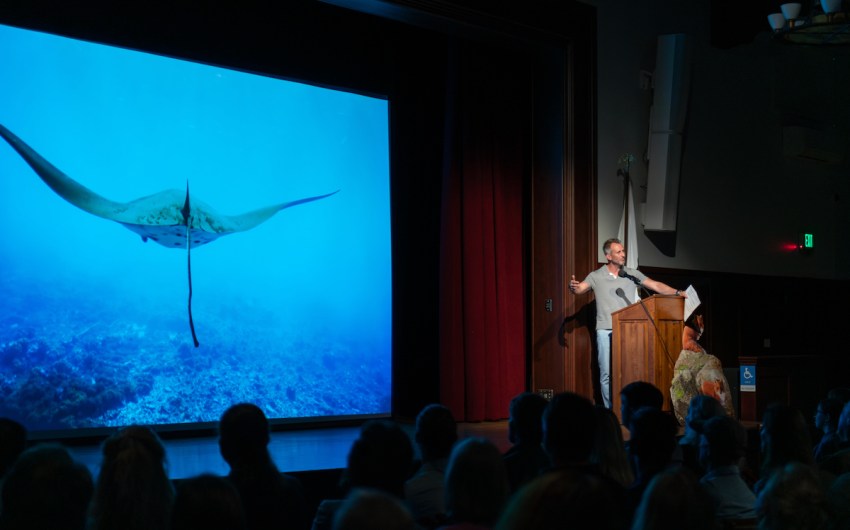
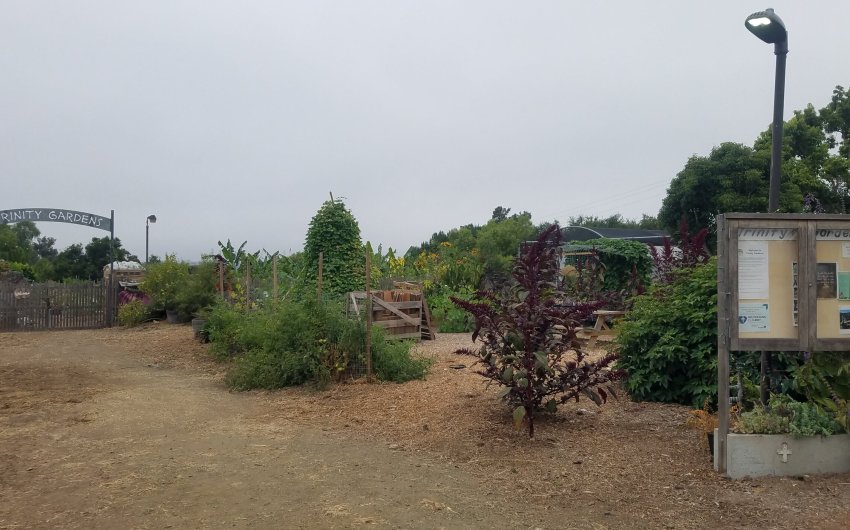
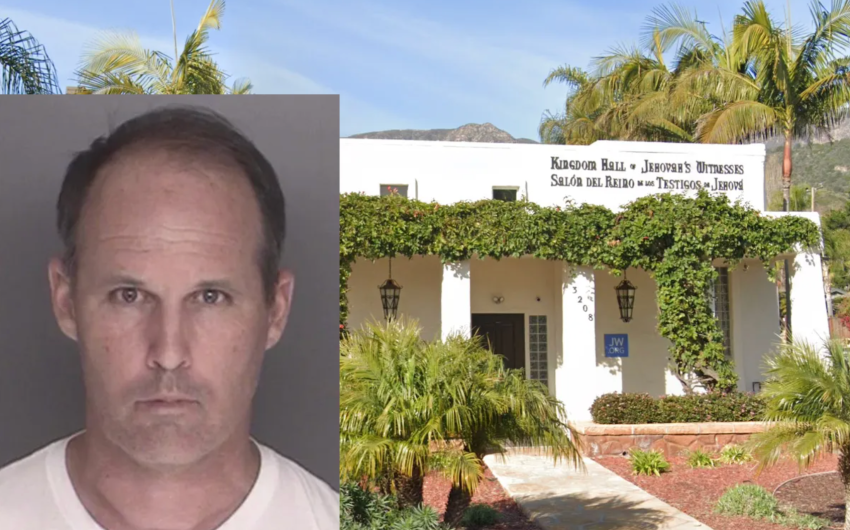
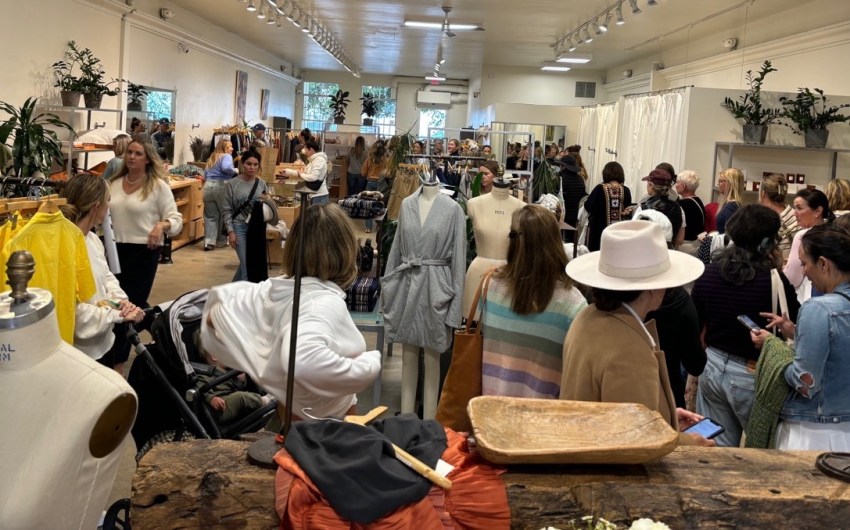

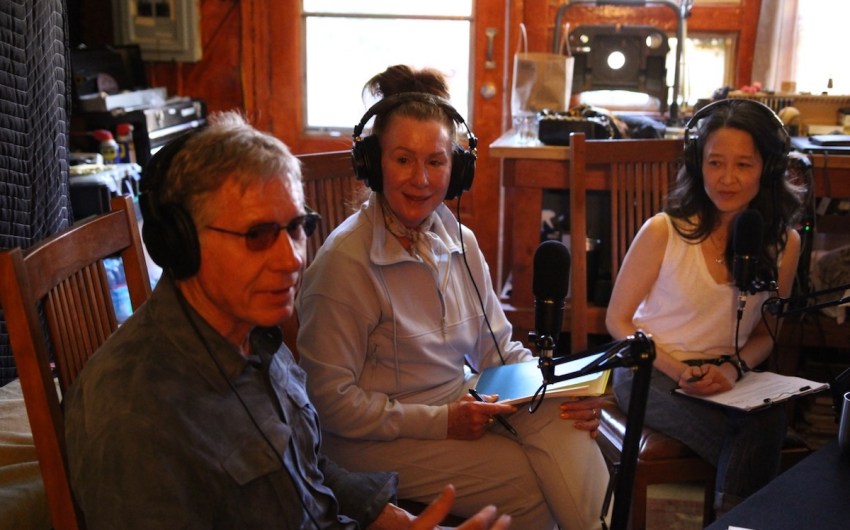
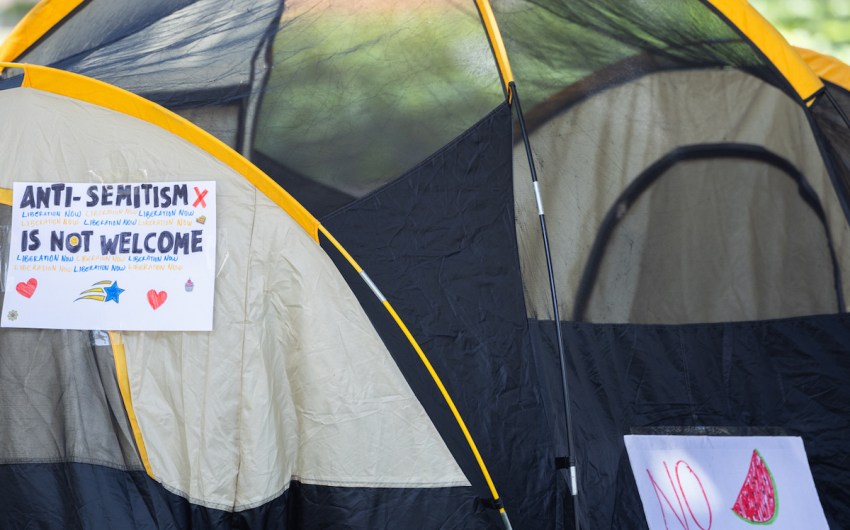


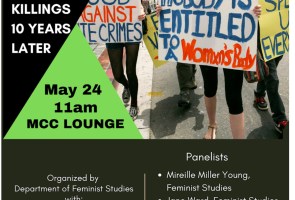







You must be logged in to post a comment.